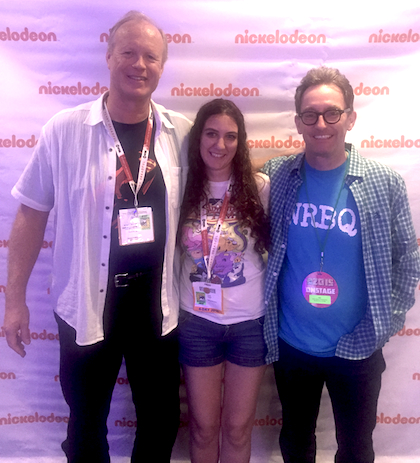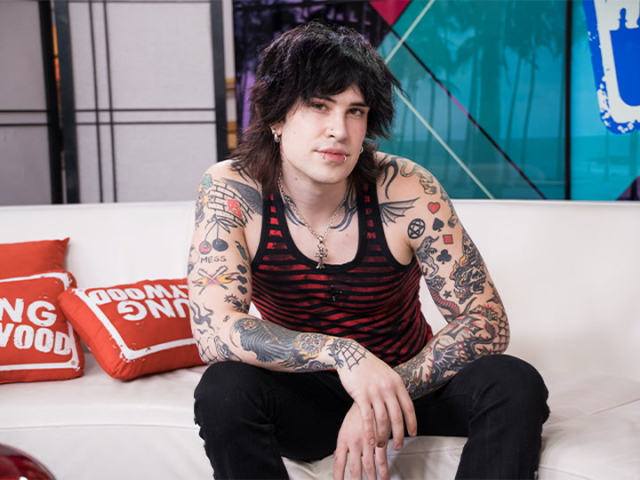Comic-Con 2015: "Spongebob" Stars Cement Their BFF Status!

Amidst my adventures at Comic-Con, I had the pleasure of chatting with two of the cast members behind one of my all-time favorite Nicktoons, “Spongebob SquarePants”. The longest-running Nicktoon of all time, “Spongebob” first premiered in 1999 and has since aired over 200 episodes, several television specials, two full-length films, and even a few amusement park rides. The two main characters and BFFs, Spongebob and Patrick, are known for their endearing love for one another as well as great one-liners. (My favorite Patrick line of all time may be in answer to Spongebob’s question of why he is mad: “I can’t see my forehead.”)
Tom Kenny and Bill Fagerbakke are the men who bring Spongebob and Patrick to life (respectively). We discussed the latest “Spongebob” episode to air, who they think Spongebob and Patrick would cosplay as, and their most endearing fan interactions!



